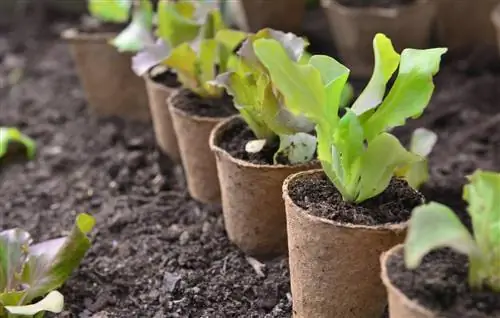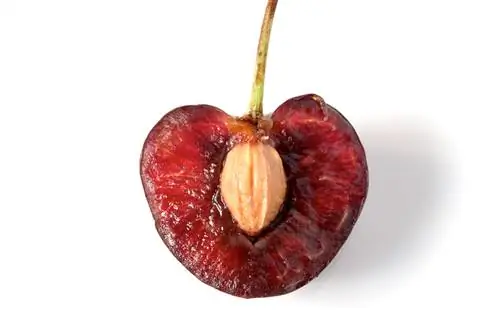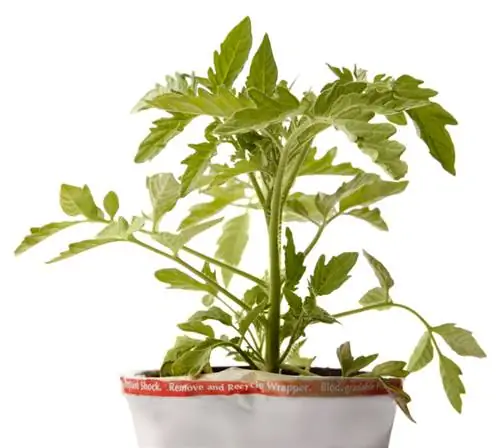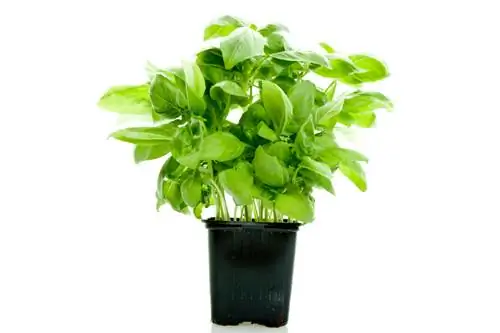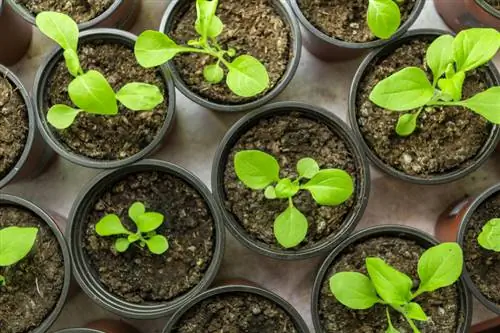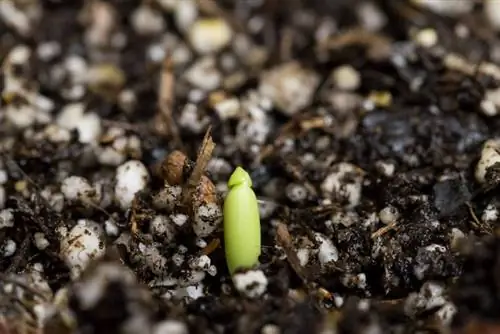- Author admin [email protected].
- Public 2023-12-16 16:46.
- Last modified 2025-01-23 11:22.
A variety of seed pots can be used to sow seeds. In addition to commercial copies, there are free alternatives. Accordingly, the pots can be made from different materials. Some are such that they can be planted with the plant.
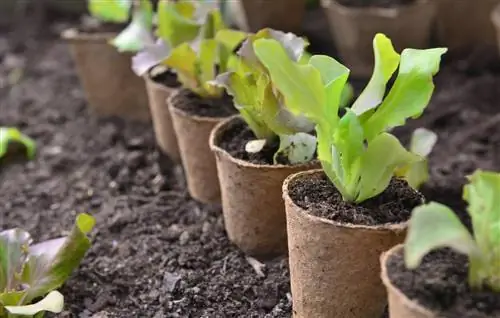
When can I plant a plant in the nursery pot?
You can safely plant any young plant in a nursery pot if it ismade of 100% biodegradable material. For example, made from coconut fiber, peat, cardboard or newspaper. The organic material decomposes quickly or becomes soft and can be penetrated by roots.
Which cultivation pots can be placed in the ground when planting?
Growing pots that are made of organic material and can rotcompletely and quickly in the soil are suitable for planting out including root balls. These include cultivation pots (€17.00 on Amazon) from retailers and some homemade alternatives:
- Peat spring pots
- Coconut spring pots
- Growing pots made of newspaper
- Planting pots made from toilet paper rolls
- egg carton
So-called swelling tablets, which are not typical cultivation pots in themselves, can be placed in the garden bed or in a larger pot with the plant.
How quickly do the nursery pots decompose after planting?
The following factors influence how quickly a nursery pot rots in the ground:
- Material type
- Material hardness
- Pot wall thickness
- Weather/Humidity
In any case it can be said that all offered and homemade growing pots made of organic materialin time enough will rot. Nobody has to worry about them hindering the growth of the roots. Even if a pot has not yet completely rotted, the roots develop enough strength to push through the pot wall.
Can I just plant the plant alone, without a pot?
Plants can also be planted out without their nursery pot. But if it is made of a material that rots quickly and in an environmentally friendly way, itdoesn't make sense to remove it. It protects the root system so that it cannot be damaged when planting. Especially with very fine roots, it often happens that they are damaged when they are taken out of the growing pot. In addition, the plant first has to root in the new soil (transplant stress), while it can simply continue to grow in its old growing pot.
Tip
Be careful when watering, organic growing pots can grow mold
Growing pots made from toilet paper rolls, newspaper and other organic materials are absorbent. Therefore, be cautious when watering, because waterlogging quickly leads to mold on the pot walls, and the soil can also become moldy. Make sure there is some distance so that air can circulate around the small potties.

